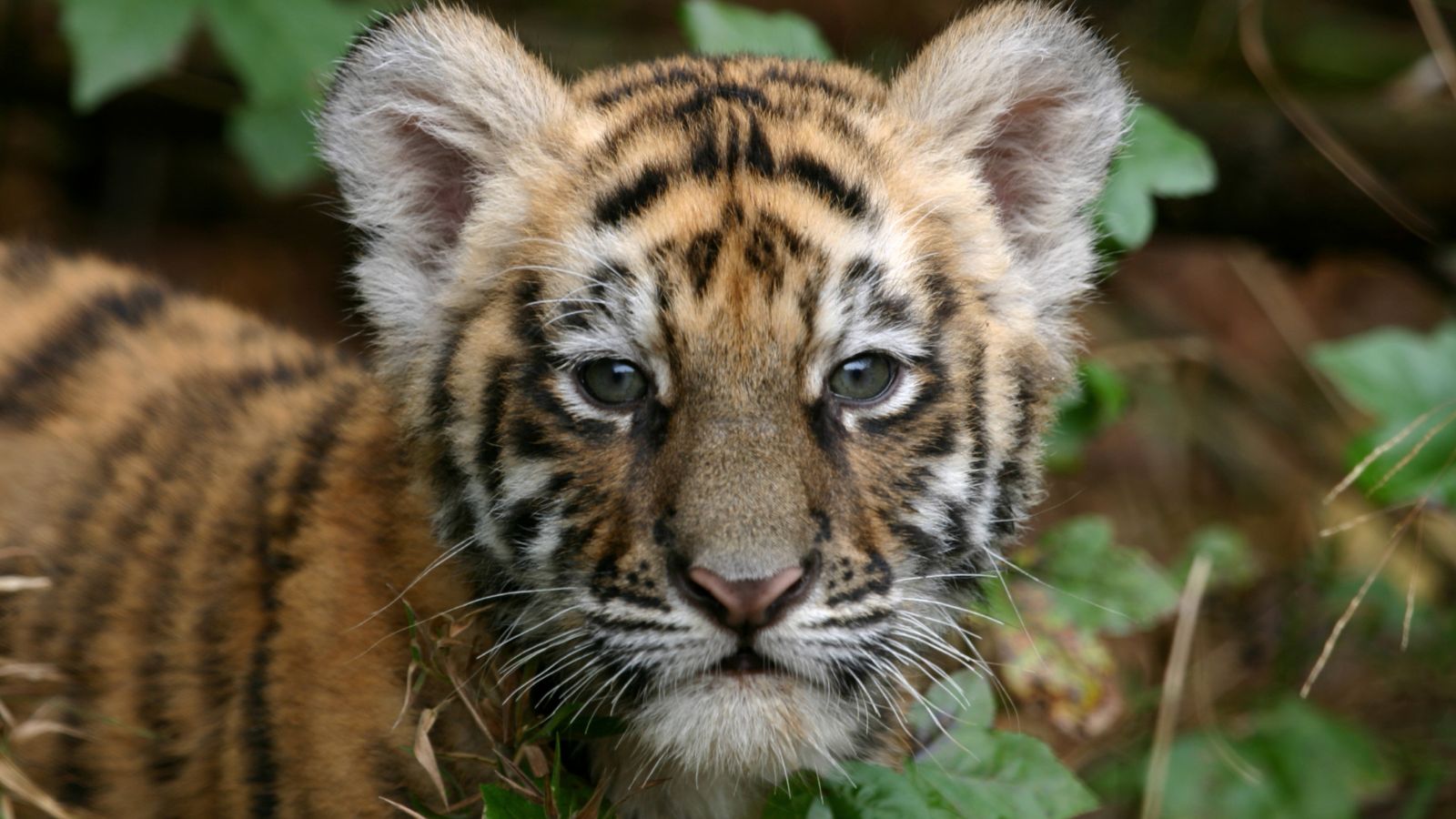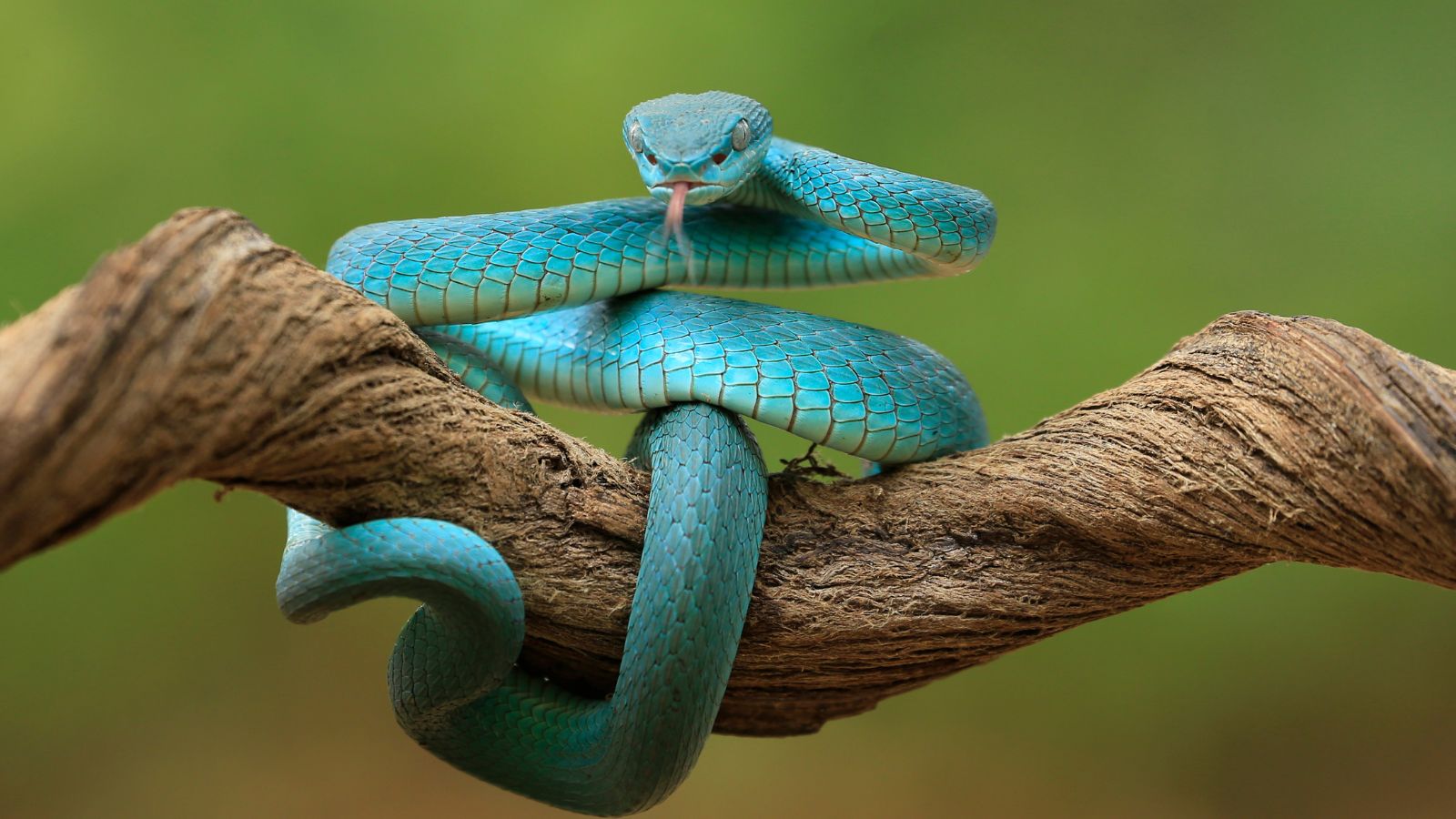Imagine stepping into a world teeming with life, where every turn reveals a creature more fascinating than the last. Welcome to the tropical rainforest, a hotbed of biodiversity and a living testament to the power of adaptation. From stealthy jaguars to vibrant toucans, every creature here has a unique story of survival.
In the rainforest, it adapts or perishes. Whether it’s developing vibrant colours to attract mates or evolving to blend into the lush foliage, these animals have mastered the art of survival. Join us as we delve into the intriguing world of animal adaptations in the tropical rainforest, where life thrives in the most unexpected ways.
Animal Adaptations in the Tropical Rain Forest
Owing to the complexity and distinctiveness of the tropical rainforest environment, animal adaptations acquire an amplified level of importance. These adaptations, not confined to mere physical changes, provide a transparent lens into the evolutionary processes and survival strategies at play.
Evolutionary Importance
In any consideration of evolutionary processes, animal adaptations in the tropical rainforest stand as crucial markers. Many species have evolved distinct physical traits, such as long and nimble fingers in monkeys, allowing easy grasping of branches, or highly sensitive eyes in nocturnal species like the tarsier, enabling visibility in low light conditions. Furthermore, behavioural adaptations, including the jaguar’s solitary hunting techniques and the tree frog’s ability to lay its eggs in water-filled bromeliads rather than stagnant ponds, offer additional insights into the evolutionary advantages gained over time. The wealth of observable evolutionary adaptations maintain a testament to the dynamic nature of life and the constant state of evolution within a challenging ecosystem like the tropical rainforest.
 Key Adaptations in Tropical Rainforest Animals
Key Adaptations in Tropical Rainforest Animals
A myriad of species, honed over millennia with nature’s chisel, boast of fascinating strategies which aid their survival in the significantly diverse tropical rainforest environs.
Camouflage Techniques
Many animals in tropical rainforests harness the power of disguise, adopting dynamic to subtle camouflage techniques as a primary survival tool. For example, insects like stick bugs or leaf insects display notable mimicry, resembling foliage to hide from predators. Chameleons, too, feature a spectacular adaptation, having the ability to change their colour according to surroundings, effectively disappearing into the forest backdrop.
Dietary Adaptations
Significant dietary adaptations enable tropical rainforest animals to take full advantage of the synonymously rich and diverse food sources. Fruit-eating bats, for instance, play a critical role in seed dispersion due to their nocturnal foraging habits. Toucans, with their large, hooked beaks, are adapted to eat a versatile diet of fruits, insects, and small animals. Spider monkeys, with their long, strong tails, swing between trees to reach various types of food, demonstrating another example of dietary adaptation.
 Exploring Different Layers of the Rainforest
Exploring Different Layers of the Rainforest
Venturing into the rainforest reveals a multilayered, complex ecosystem wherein each level harbours unique life forms and animal adaptations. Understanding these levels brings insights into the intricacies of survival strategies in the tropical rainforest.
Canopy Dwellers and Their Traits
The highest tree top layer, known as the canopy, serves as a home for a multitude of creatures. Living 100 feet above the forest floor, these animals have developed specific characteristics that aid in their survival. Agile monkeys effortlessly swing along tree branches, using long, flexible tails for balance. With bodies slimmed down for aerial manoeuvrability, these creatures highlight the role of physical traits in adapting to the canopy layer.
Birds such as toucans and parrots display unique adaptations in the form of beaks. Toucans use their large, curved beaks to reach and peel fruit, acting as critical species in the seed dispersal process. Parrots, on the other hand, possess strong, hooked beaks that they use to crack open nuts and hard seeds.
Colour-changing reptiles, like chameleons, use their dynamic skin pigmentation to evade predators and hunt unsuspecting prey, exemplifying the advantage of camouflage at the canopy level.